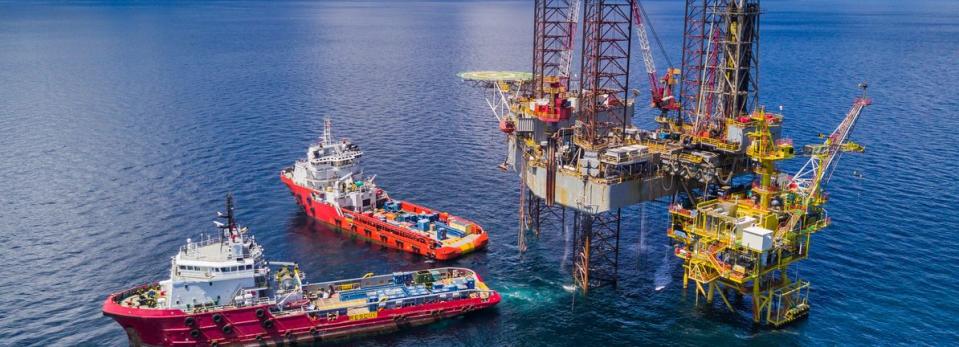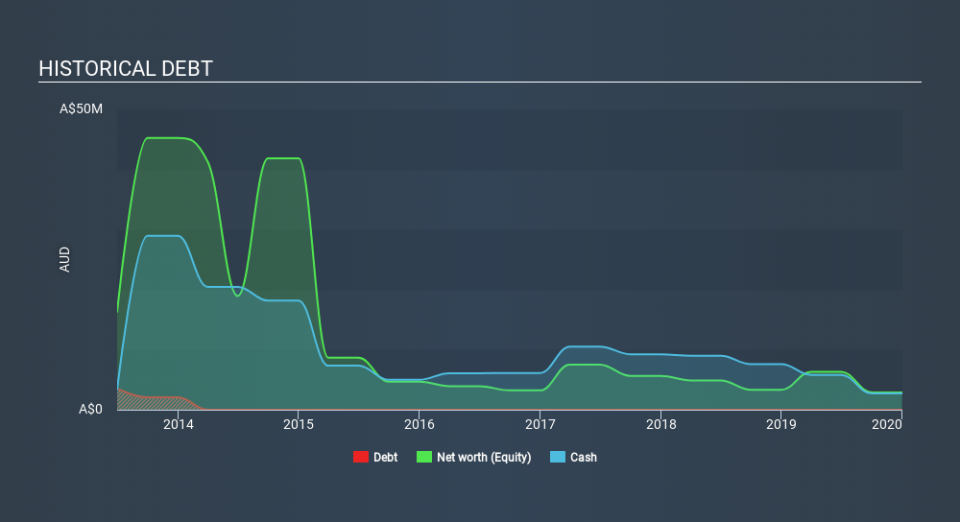Here's Why Ansila Energy (ASX:ANA) Must Play Its Cards Just Right

Just because a business does not make any money, does not mean that the stock will go down. For example, although Amazon.com made losses for many years after listing, if you had bought and held the shares since 1999, you would have made a fortune. Having said that, unprofitable companies are risky because they could potentially burn through all their cash and become distressed.
So, the natural question for Ansila Energy (ASX:ANA) shareholders is whether they should be concerned by its rate of cash burn. For the purposes of this article, cash burn is the annual rate at which an unprofitable company spends cash to fund its growth; its negative free cash flow. Let's start with an examination of the business's cash, relative to its cash burn.
See our latest analysis for Ansila Energy
Does Ansila Energy Have A Long Cash Runway?
A company's cash runway is calculated by dividing its cash hoard by its cash burn. As at December 2019, Ansila Energy had cash of AU$2.7m and no debt. Importantly, its cash burn was AU$7.6m over the trailing twelve months. So it had a cash runway of approximately 4 months from December 2019. With a cash runway that short, we strongly believe that the company must raise cash or else douse its cash burn promptly. The image below shows how its cash balance has been changing over the last few years.
How Is Ansila Energy's Cash Burn Changing Over Time?
Ansila Energy didn't record any revenue over the last year, indicating that it's an early stage company still developing its business. So while we can't look to sales to understand growth, we can look at how the cash burn is changing to understand how expenditure is trending over time. Its cash burn positively exploded in the last year, up 368%. Given that sharp increase in spending, the company's cash runway will shrink rapidly as it depletes its cash reserves. Admittedly, we're a bit cautious of Ansila Energy due to its lack of significant operating revenues. So we'd generally prefer stocks from this list of stocks that have analysts forecasting growth.
How Easily Can Ansila Energy Raise Cash?
Since its cash burn is moving in the wrong direction, Ansila Energy shareholders may wish to think ahead to when the company may need to raise more cash. Generally speaking, a listed business can raise new cash through issuing shares or taking on debt. Commonly, a business will sell new shares in itself to raise cash to drive growth. By looking at a company's cash burn relative to its market capitalisation, we gain insight on how much shareholders would be diluted if the company needed to raise enough cash to cover another year's cash burn.
Ansila Energy has a market capitalisation of AU$4.1m and burnt through AU$7.6m last year, which is 184% of the company's market value. That suggests the company may have some funding difficulties, and we'd be very wary of the stock.
So, Should We Worry About Ansila Energy's Cash Burn?
As you can probably tell by now, we're rather concerned about Ansila Energy's cash burn. Take, for example, its cash burn relative to its market cap, which suggests the company may have difficulty funding itself, in the future. While not as bad as its cash burn relative to its market cap, its cash runway is also a concern, and considering everything mentioned above, we're struggling to find much to be optimistic about. Its cash burn burn situation feels about as relaxing as riding your bicycle home in the rain without so much as a jumper. The need for more cash seems just around the corner, and any dilution is likely to be rather severe. Separately, we looked at different risks affecting the company and spotted 6 warning signs for Ansila Energy (of which 3 are concerning!) you should know about.
Of course Ansila Energy may not be the best stock to buy. So you may wish to see this free collection of companies boasting high return on equity, or this list of stocks that insiders are buying.
If you spot an error that warrants correction, please contact the editor at editorial-team@simplywallst.com. This article by Simply Wall St is general in nature. It does not constitute a recommendation to buy or sell any stock, and does not take account of your objectives, or your financial situation. Simply Wall St has no position in the stocks mentioned.
We aim to bring you long-term focused research analysis driven by fundamental data. Note that our analysis may not factor in the latest price-sensitive company announcements or qualitative material. Thank you for reading.

